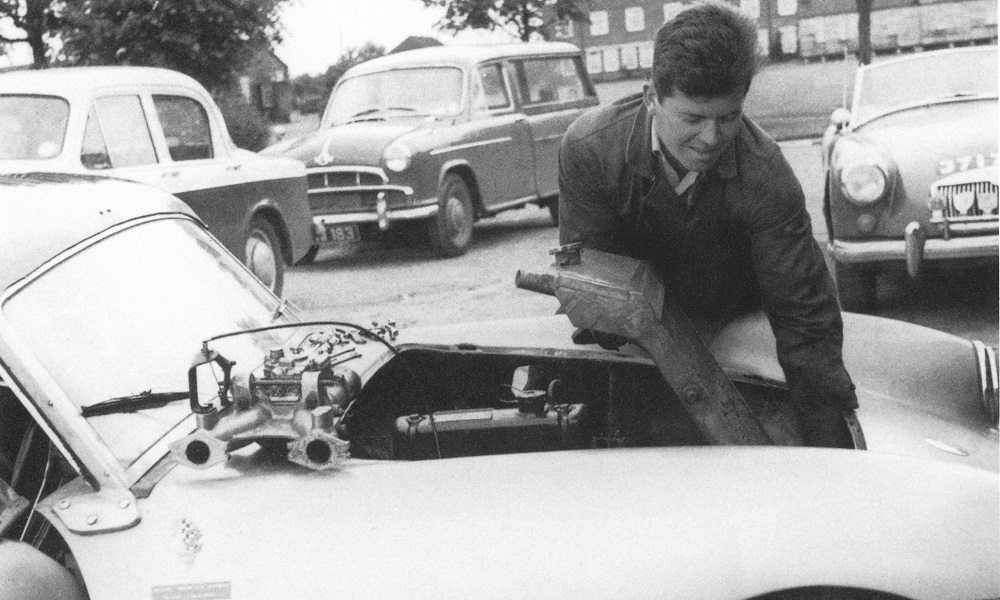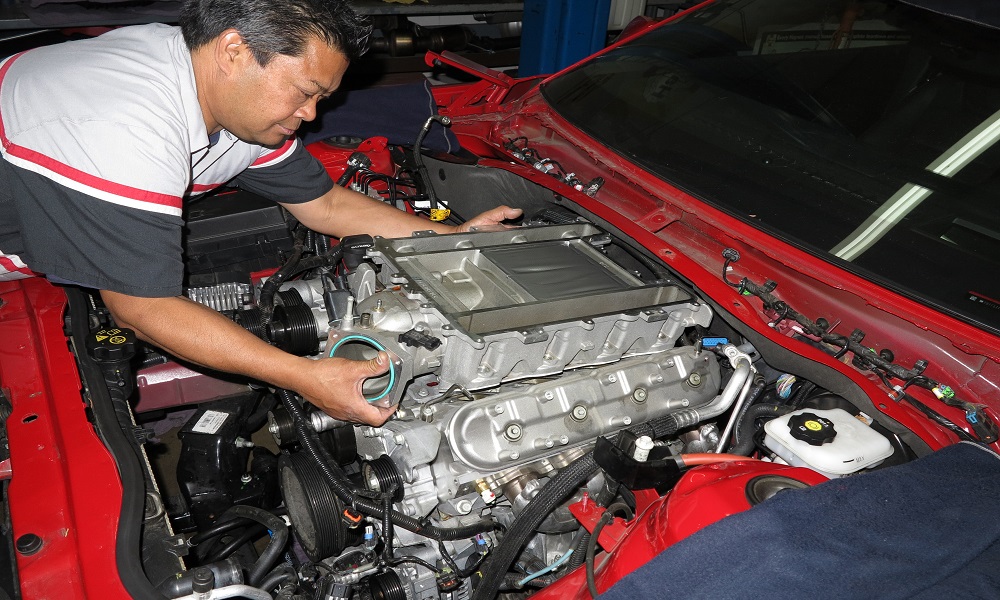The #1 Mobile Mechanic: John Haynes and His Haynes Manual

You, Me and Every Other Car Enthusiast Have Likely Pawed through an Oil-stained, Dirty Copy of a Haynes Manual.
Seemingly a staple in everyone’s garage, Haynes manuals are ubiquitous in car culture. From first-timers learning to turn a wrench, to the DIY pro using it for torque spec references, the Haynes manual is there every step of the way. How did things turn out this way: what made Haynes the preeminent force in the world of DIY?

The history of the Haynes manuals starts, predictably, with a Haynes: John Haynes, to be specific. John Haynes was an enterprising lad in the U.K. who, in the 1950’s, began tinkering on cars while in school. After tearing apart his Austin 7 Special for the umpteenth, he began to take notes on the process. The young Haynes hopped around to a few different cars until he came to an Austin-Healey “Frogeye” Sprite. That car was the first in which he did a full teardown and rebuild, documenting every step along the way. The year was 1965, and the first Haynes manual had just been created.
Want to know what people are saying about Haynes on LS1tech.com? Check it out in the forums.
Things have come a long way since 1965. Haynes has expanded in a big way, with two key offices, in Somerset, England and just outside of Los Angeles, California. Their products are sold in auto parts stores across the country, and they cover over 500 models. The process is the same: tear the car down, with every last nut and bolt, photograph and document the whole process, and then organize everything into a manual. People don’t often think about it, but the behind the scenes at Haynes is quite the spectacle. After inquiring what a typical teardown in the making looks like, the folks at Haynes sent us some images of this ZL1 Camaro being fully disassembled.

However, with 21st century technology, we now have more options. Manuals On-line (MOL) are now a thing, with digital copies available on your phone or tablet. While print is still big business, and no one can deny the virtue of having the hard copy to look through, there are big benefits of carrying that knowledge on your phone. So, the mobile mechanic has gone from print and paper to digital. Haynes has come a long way from John tearing apart his old Austin.

